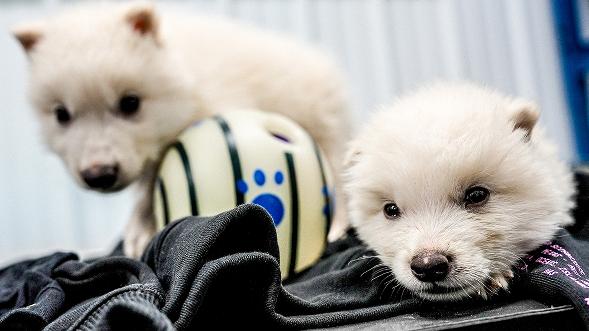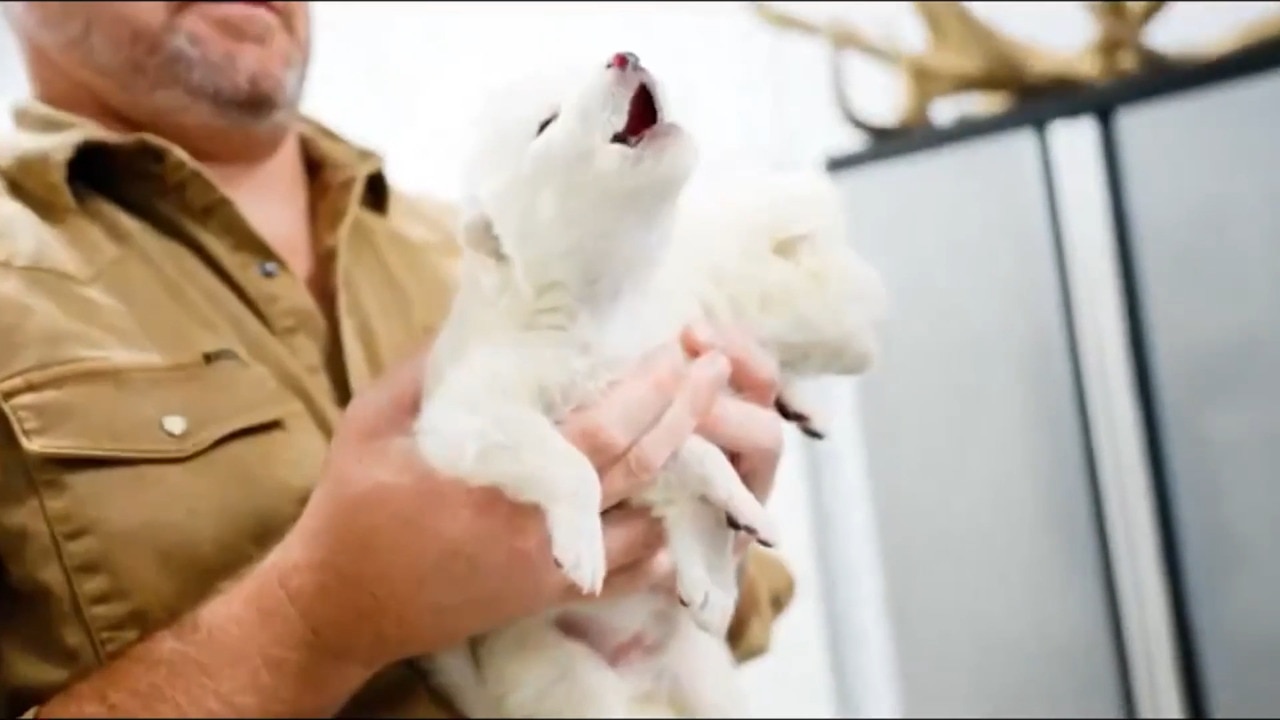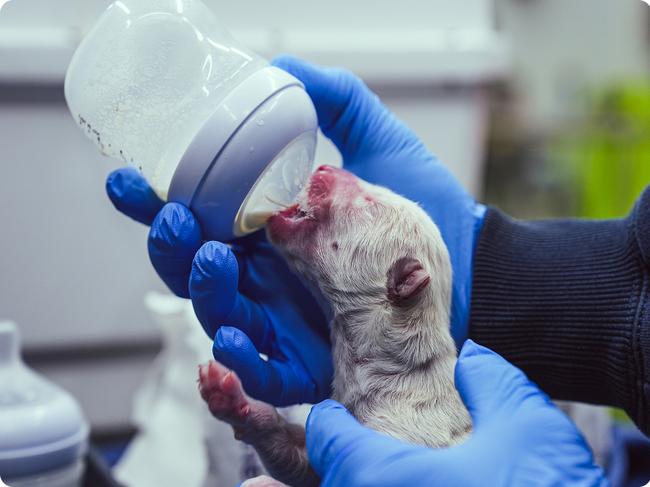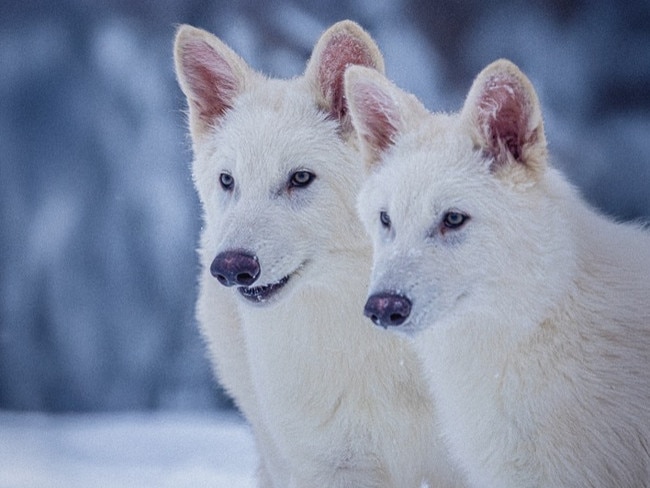Long-extinct wolves alive again thanks to DNA, Colossal Biosciences
A dire wolf has howled for the first time in 10,000 years after a US laboratory successfully ‘de-extincted’ a litter of puppies.

Ten millennia have passed since the dire wolf’s howl was last heard across the tundra of North America. Now, in a laboratory in a secret location, some six-month-old pups are trying their best to make it heard once more.
Although these “de-extincted” dire wolf puppies probably need to do a bit of growing before their yelps will scare any bison.
A US team claims to have succeeded in using ancient DNA to bring back the long-extinct animal, in a significant advance towards its goal to “reawaken the lost wilds of Earth”.

“Our team took DNA from a 13,000-year-old tooth and a 72,000-year-old skull and made healthy dire wolf puppies,” Ben Lamm, the CEO of Colossal Biosciences, said.
The company has announced that two male dire wolf pups, Romulus and Remus, were born six months ago, and a third female, named Khaleesi after the Game of Thrones character, was born two months ago. All were healthy, growing, and - according to the company, which also wants to bring back the mammoth - behaving “like wolves”.

“It was once said, ‘any sufficiently advanced technology is indistinguishable from magic’. Today, our team gets to unveil some of the magic they are working on,” Lamm said.
Other biologists expressed caution about the extent to which the puppies truly are recreations of the species, which is bigger and more powerful than the wolves of today’s America.
The dire wolf was once common across North America, hunting bison, mastodon and even young mammoths. After tens of thousands of years it went extinct, possibly due to the decline of megafauna and also competition from modern wolves. It left behind well-preserved skeletons from which scientists have been able to extract DNA.
The three pups were created in several stages. First, scientists compared the dire wolf DNA to that of the grey wolf, its closest living relative. They then identified 14 genes, out of 19,000, that differed in ways that they considered to have accounted for its different traits - which include a striking white coat.

The scientists edited the genome of a wolf to make these changes and finally used cloning technology to implant an embryo in the womb of a domestic dog who gave birth to the pups.
Beth Shapiro, the chief scientist at Colossal Biosciences, conceded that this meant that they were not fully genetically dire wolf. However, she told Time magazine that they retain the “key traits” of that lineage. Now they are trying to understand what that means in practice.
However, some bioethicists have concerns, including that even if the resulting creatures are genuinely the extinct species, it is not clear if they could behave as their ancestors without a herd or parents to teach them how.
THE TIMES



To join the conversation, please log in. Don't have an account? Register
Join the conversation, you are commenting as Logout